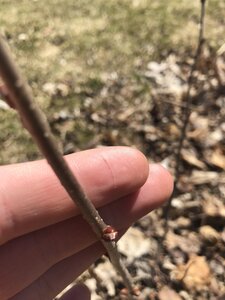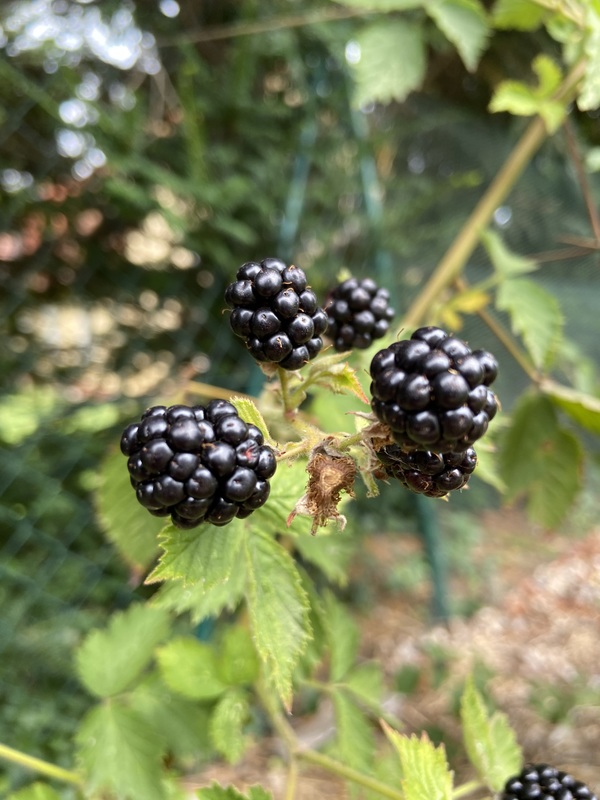Description
Corylus colurna, known as the Turkish hazel or Turkish filbert, is a deciduous tree native to southeast Europe and southwest Asia, from the Balkans through northern Turkey to northern Iran. It’s a big hazel species, growing up to 25 meters tall, with a sturdy trunk and a cone-shaped crown in its youth, which widens with age. The bark is pale grey-buff and feels thick and corky.
The leaves are deciduous, rounded, 6–15 cm long, and 5–13 cm across, slightly hairy on both sides, with a coarsely double-serrate to shallowly lobed margin. The main limbs are small compared to the straight trunk, growing almost at a 90-degree angle, making the tree durable in urban conditions and maintaining a symmetrical crown, liked by landscape architects.
In early spring, before the leaves appear, unisexual flowers bloom. Male flowers are pale yellow and 5–10 cm long, while female flowers are small and mostly hidden in the buds, with only the bright red 1–3 mm long styles visible. The nuts, about 1–2 cm long, mature in September and are surrounded by a thick, spiny husk, forming clusters of 3-8 together. The nuts are edible, tasting similar to common hazels but are smaller, and their hard shell limits their commercial value. Corylus colurna is crucial in commercial hazelnut orchards as it doesn’t sucker, making it ideal for grafting nut-bearing common hazel cultivars. The nuts can only be found on female trees, and their production is irregular, occurring every two to three years.
Corylus colurna has a medium growth rate and can tolerate drought and alkaline soil occasionally. However, it prefers moist, well-drained soil and full sun. Once established, it’s tolerant of heat, cold, and drought. There are no serious pests or problems associated with Corylus colurna.
It’s not easily transplantable and requires extra watering in summer after transplanting. It takes about two years for the tree to become established and survive on its own. Corylus colurna has received the Royal Horticultural Society’s Award of Garden Merit.
The tree is usually propagated by seed, best sown in autumn in a cold frame. It germinates in late winter or spring. If using stored seed, soak it in warm water for 48 hours, followed by 2 weeks of warmth and 3 to 4 months of cold stratification. Once the seedlings are large enough, transfer them to individual pots and grow them in a cold frame or sheltered place outdoors for their first winter. Plant the seeds in their permanent positions in late spring or early summer.
Apart from its role as a rootstock for Corylus avellana, Corylus colurna is widely grown as an ornamental tree in Europe and North America. Its tolerance for challenging urban conditions has increased its popularity in civic planting schemes. Turkish hazel is excellent for shade, producing dense shade with its narrow crown. It’s well-suited for street trees, especially in urban areas with air pollution. Its tight, consistently-shaped crown makes a formal statement in the landscape. It’s recommended for parking lot islands, wide lawns, buffer strips around parking lots or highways, and sidewalk cutouts. Other landscape uses include difficult and dry sites, naturalistic areas, and as street trees or specimen trees.



